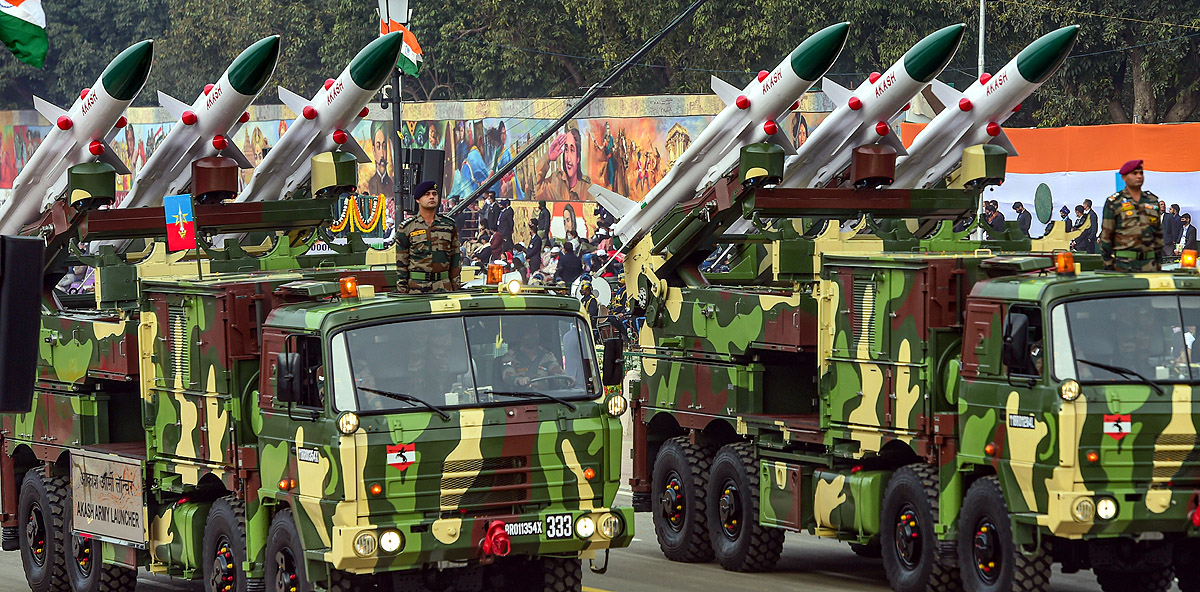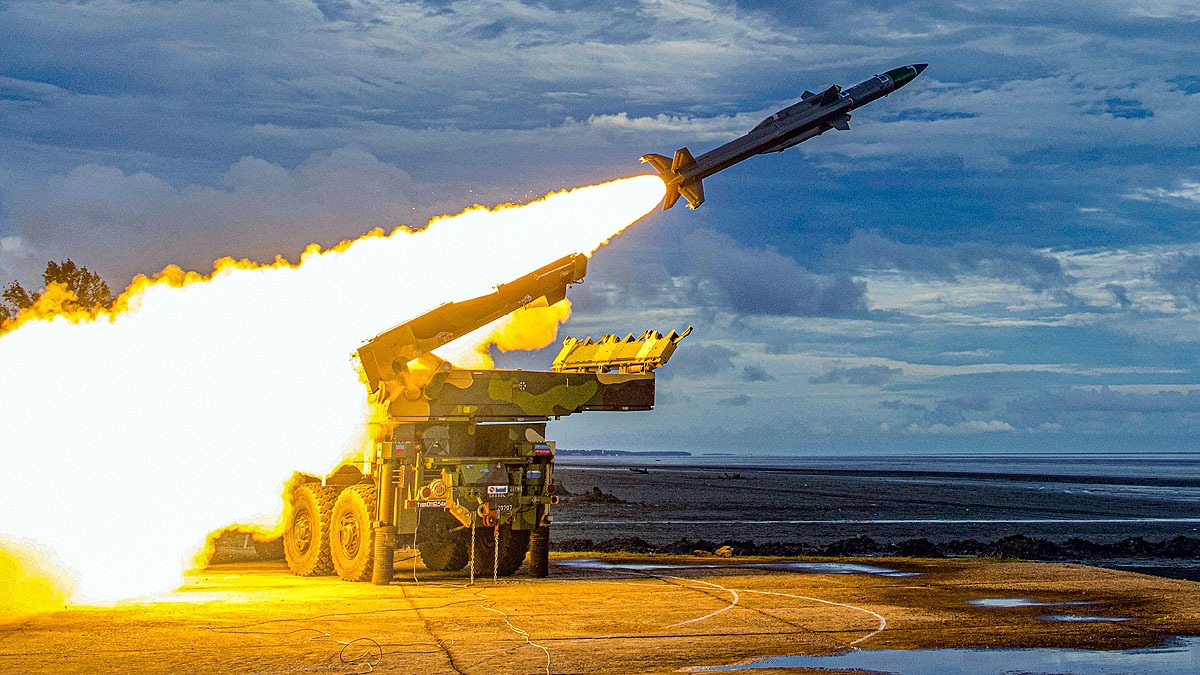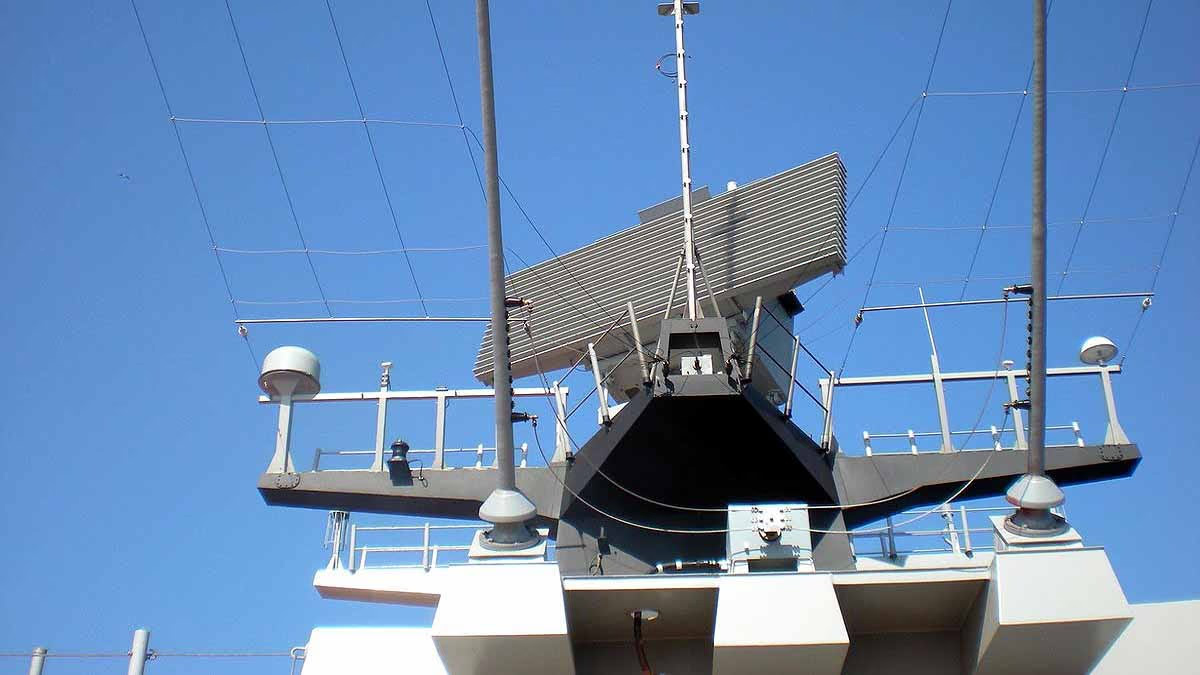After the Philippines' acquisition of the BrahMos missile, Brazil's military gaze now turns towards the Akash Missile System of India. Brazil's military officials visited India to experience the might of the Akash missile system firsthand. Despite China's air defense system being in the competition, Akash currently leads the race.
Brazilian military officials are set to embark on a 10-day journey to China to witness Sky Dragon 50 or Tianlong-50 medium-altitude surface-to-air missile system's capabilities. Additionally, they will inspect China's SH15 self-propelled howitzer manufactured by the Norinco company.
Witness the fire power of the Akash missile system below...
Brazil is interested in acquiring a medium/high altitude air defense artillery system. The Akash missile system's impressive capabilities have found favor with Brazilian officials, who believe it could provide their nation with formidable aerial protection. Now, the world watches whether the deal will be for India's Akash or China's arms...
First, let's acknowledge the strength of the Akash air defense system...

Source: aajtak
The Indian Army recently demonstrated the precision of the Akash missile system by striking a fast-moving aerial target. This test was conducted by the army's western command on March 31, 2024. Last year, the Akash missile successfully neutralized four approaching targets in the sky.
Moreover, India became the first country capable of destroying four aerial targets with a single missile unit. The Akash missile system houses four missiles, each capable of engaging distinct targets separately. The Indian Army and DRDO continuously test its advanced versions.
India's Akash missile is distinct with its single-unit aggression, capable of eliminating multiple threats. With a range of 25 km that's due for extension, it includes a homegrown Active RF seeker that enhances target detection precision.
Several upgrades have been incorporated into the Akash missile. Enhancements have been made to its ground system, radar, EOTS, telemetry stations, and the missile trajectory and flight parameters. More details from the army, government, or DRDO have yet to be disclosed.
There are 3 variants of the Akash missile - Akash MK-I with a range of 30 km, Akash MK-2 with a 40 km reach, and Akash-NG with an impressive 80 km range. Akash-NG can ascend to an altitude of 20 km to destroy an enemy's aircraft or missile.
Speed is its most potent weapon, with the Akash-NG reaching 2.5 Mach or 3087 km/h. Akash New Generation is a surface-to-air missile with a range of 40-80 km and features an actively electronically scanned array multi-function radar capable of scanning multiple enemy missiles or aircraft simultaneously.
The Akash-NG missile can be launched from a mobile platform. It has a total weight of 720 kg, a length of 19 feet, and a diameter of 1.16 feet. It can carry a payload of 60 kg.
Last year, during the border tensions with China, the older variant of Akash-NG was deployed at the Line of Actual Control (LAC) in Ladakh. Additionally, the Indian Air Force has stationed Akash missiles at Gwalior, Jalpaiguri, Tezpur, Jorhat, and Pune bases.




